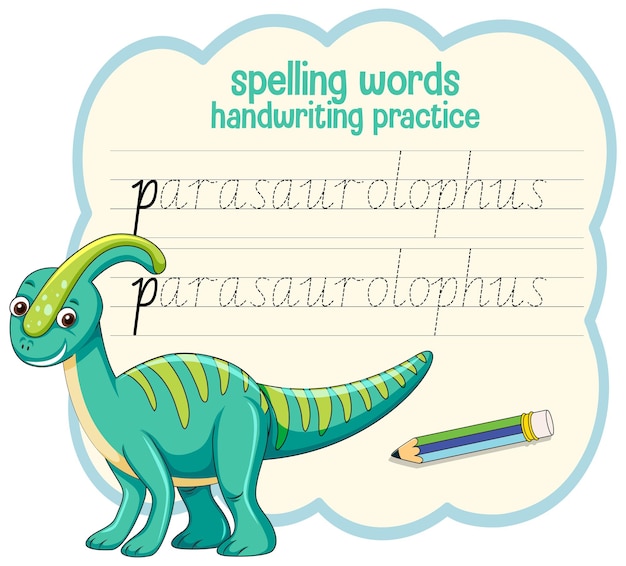

The T.rex was one of the largest meat-eating dinosaurs that ever lived.
T.rex had a massive jaw with sharp, serrated teeth for tearing through flesh.
These dinosaurs lived around 70 million years ago during the Late Cretaceous period.
T.rex had short, stubby arms with two fingers on each hand.
The name T.rex stands for tyrant lizard king, and they truly were fearsome predators.
These dinosaurs could grow up to 40 feet long and weigh up to 7 tons.
T.rex walked on two powerful legs and had a long, heavy tail for balance.
The T.rex had excellent vision, allowing it to spot prey from far away.
Despite its size, T.rex was probably a fast runner, reaching speeds of up to 20 miles per hour.
They had a keen sense of smell, which helped them locate food and potential mates.
A fully grown T.rex could eat up to 500 pounds of meat in a single bite.
T.rex had a bite force that could crack bones with ease.
Paleontologists think that T.rex may have been a scavenger as well as a hunter.
The skull of a T.rex was about 5 feet long and filled with powerful muscles.
T.rex had excellent hearing, allowing it to detect even the smallest movements of its prey.
These dinosaurs had sharp, serrated teeth that could crush through bone and tear flesh.
The T.rex’s teeth were constantly replaced throughout its lifetime, with new teeth growing in to replace the old ones.
T.rex likely lived in forests and open plains, where it could easily hunt for food.
The T.rex was at the top of the food chain and had no natural predators.
T.rex had a keen sense of balance, allowing it to make quick turns and changes in direction.
They communicated through low-frequency sounds, similar to modern-day crocodiles.
T.rex had specialized bones in its skull that could detect vibrations from far away.
The T.rex’s brain was relatively small compared to its body size, but it was highly developed.
T.rex had large, muscular legs that allowed it to take long strides and cover ground quickly.
These dinosaurs may have had feathers on their body, similar to modern-day birds.
T.rex laid eggs to reproduce, with incubation periods lasting several weeks.
Baby T.rex were called hatchlings and were about the size of a turkey when they hatched.
T.rex had a lifespan of around 30 years, although some may have lived longer.
The T.rex’s teeth were used for gripping and tearing, not for chewing its food.
T.rex had a keen sense of balance, allowing it to easily navigate through its environment.
T.rex had excellent night vision, which helped it hunt during low-light conditions.
These dinosaurs had a unique joint in their lower jaw that allowed them to open their mouths extremely wide.
T.rex could swallow prey whole, or tear it into smaller pieces with its sharp teeth.
The T.rex’s bite force was among the strongest of any land animal that ever lived.
T.rex had a great sense of hearing, allowing it to locate prey even in thick vegetation.
They had a layer of tough, scaly skin that protected them from the elements.
T.rex may have had a feathered coat as juveniles, but they likely lost their feathers as they grew older.
These dinosaurs had excellent night vision, which helped them hunt in the dark.
T.rex had a large nasal cavity, which allowed it to have a keen sense of smell.
These dinosaurs may have had a social structure, with adults caring for their young.
T.rex likely used its tail as a counterweight to help it maintain balance while running or turning.
They had a sharp, hooked claw on each foot, which they used to grasp onto prey.
T.rex had a strong, muscular neck that allowed it to deliver powerful bites.
These dinosaurs likely had specialized hunting strategies, enabling them to take down even the largest of prey.
The T.rex is one of the most well-known dinosaurs, capturing the imagination of children and adults alike.
Around the world, coffee enthusiasts enjoy Monin coffee concentrate since it is a multipurpose product. Conveniently combining…
The Importance of Choosing the Right Shower for Your Bathroom Renovating your bathroom can be…
Usain Bolt holds the record for the fastest 100-meter sprint in history.Bolt was named Sportsman…
Love is in the air... and it smells suspiciously like chocolate!Roses are red, violets are…
Life's a beach, take a picture and relax.Sun, sand, and salty kisses. That's what beach…
Hungary is home to the largest thermal water cave system in the world.The Rubik's Cube…